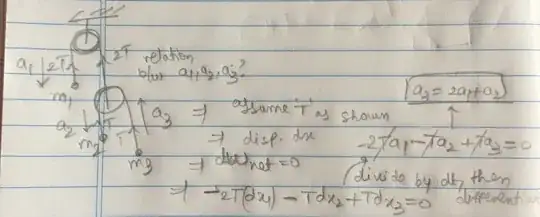Lanczos' masterpiece "The Variational Principle of Mechanics" has, on page 76, the following statement:
Postulate A (virtual work): The virtual work of the forces of reaction is always zero for any virtual displacement which is in harmony with the given kinematic constraints.
This postulate is not restricted to the realm of statics. It applies equally to dynamics, when the principle of virtual work is suitably generalized by means of d'Alembert's principle. Since all the fundamental variational principles of mechanics, the principles of Euler, Lagrange, Jacobi, Hamilton, are but alternative formulations of d'Alembert's principle, Postulate A is actually the only postulate of analytical mechanics, and is thus of fundamental importance$^1$.
$^1$Those scientists who claim that analytical mechanics is nothing but a mathematically different formulation of the laws of Newton must assume that Postulate A is deducible from the Newtonian laws of motion. The author is unable to see how this can be done. Certainly the third law of motion, "action equals reaction", is not wide enough to replace Postulate A.
By "in harmony" he means forces that keep rigid bodies rigid, that is, that don't break the stuff you're studying. In the next chapter he proceeds to prove all of mechanics is deducible from Newton's Second Law and d'Alembert's principle, which is philosophically elaborate, but mathematically resumes to transforming $F = ma$ into $F-ma=0$, which turns dynamics into statics.
I have a feeling something is strange, here. Is the author stating that all analytical mechanics can be obtained from Newton's Second Law + Postulate A?
